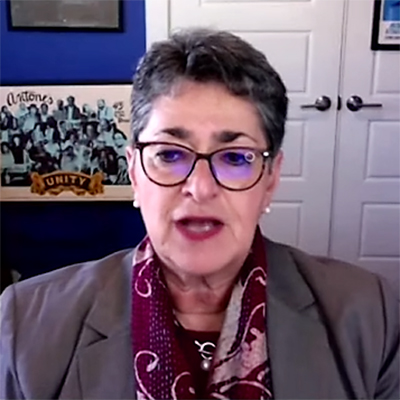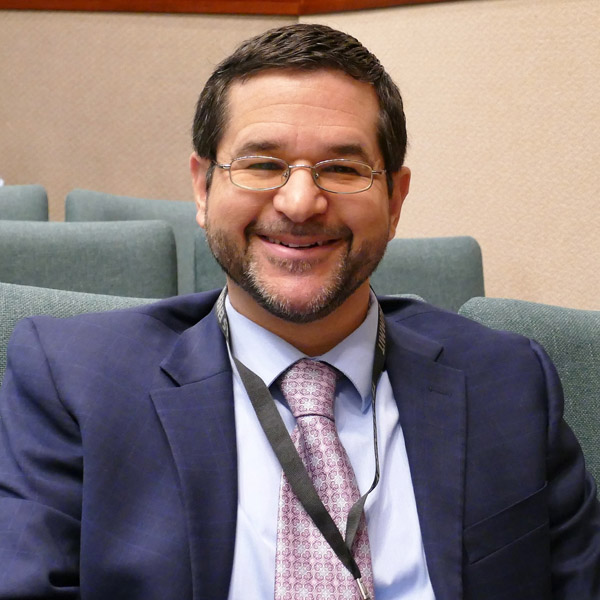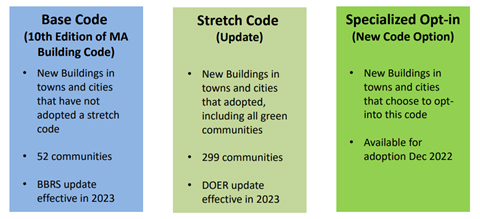New Jersey plans to boost the number of EV chargers in the state with $4 million in funding from the Volkswagen settlement and a new guidebook to help municipalities efficiently move proposed charging stations through the permitting process.
The money — part of the state’s share of the carmaker’s settlement for false reporting of vehicle emissions — will go to the New Jersey Department of Environmental Protection’s (DEP) It Pay$ to Plug In program for a second round of grants that will add conveniently located charging sites to the 636 public chargers already installed and in operation across the state.
The DEP will start accepting applications on Monday for awards that can be used to install Level 1, Level 2 or DC fast chargers. The deadline for applications is May 14.
The state’s new, 28-page guidebook, “Charge Up Your Town: Best Management Practices to Ensure Your Town is EV Ready,” is intended speed up those installations by helping towns and cities evaluate EV charger projects and expedite their permitting. The book was put together by the DEP, the New Jersey Board of Public Utilities (BPU), the New Jersey Department of Community Affairs and stakeholders, including two independent transportation agencies.
“With this guide, we are equipping towns with a roadmap to help develop cost-effective EV charging infrastructure,” said Lt. Governor Sheila Y. Oliver, in a Tuesday release announcing the guidebook’s publication. “Taking these steps is part of our administration’s larger strategy to help the state meet its climate goals.”
The DEP expects the Plug In program to award between 20 and 53 grants that will cover the cost of installing and maintaining Level 1 and 2 chargers and DC fast charger projects. Eligible locations include public areas, multi-unit dwellings and private sites, such as workplaces, with a maximum grant of $200,000 per location.
Gov. Phil Murphy has committed $10.8 million, or about 15 percent of the state’s share of funds from the Volkswagen settlement to the installation of electric charging stations. The first round of It Pay$ to Plug In awarded $3.2 million in grants to install 535 chargers with 842 ports in four counties and more than 40 municipalities. Funded projects — not all of which may be complete and in operation yet — are located at public sites, multi-family housing and workplaces.
The manual includes sections detailing different types of chargers and what they are used for, how to reduce the time and effort needed to ensure charging stations meet zoning, construction and building permit requirements, and the varied fee structures charging stations can use to generate revenue.
The introduction to the guide states that it is “intended to help municipal staff and their communities understand the context for the statewide EV ordinance, and the considerations relevant to municipalities as they take steps to support the state goals of increasing access to electric vehicle charging infrastructure.”
EV Charger Targets
Charger availability is key to Murphy’s goal of converting the state to 100% clean energy by 2050, and dramatically cutting emissions from the transportation sector, which generates 43% of the state’s greenhouse gas emissions.
The state wants 330,000 passenger and light-duty EVs on the road by 2025. The targets for chargers are at least 400 DC fast chargers at 200 or more locations and at least 1,000 Level 2 chargers — those with a 240-V electricity source — by December 2025.
In addition, a state law passed in 2020, S2252, sets a deadline of December 2025 for having at least 100 charging sites in community locations, such as such as a town centers, commercial areas, retail centers and multi-unit dwellings.
A network of chargers spread evenly across the state would help to assuage the concerns of prospective EV drivers who might be reluctant to buy battery-powered cars due to concerns that the batteries might run out with no charger nearby.
That need for “geographic distribution” across the state means that the location of a proposed site will play a big part in whether a proposed DC fast charger site will get second-round funding, Andrea Friedman, supervisor in the DEP’s electric vehicle program told a recent online seminar held to explain the program to potential applicants.
“We want them to be convenient, and we want them to be visible in communities,” she said. “We want to give people the confidence to go out and buy electric vehicles because they know there will be chargers nearby.”
Time is of the essence, she said.
“We’re looking for projects that are shovel-ready,” she said. “What that means to us is that you will be able to begin the process as soon as the DEP makes the award. If you’re planning a project that can’t be installed for two or three years, that won’t work for this grant program.”
State Charger Incentives
The It Pay$ to Plug In program is the latest of a raft of state and federal initiatives designed to boost the availability of chargers in New Jersey.
The federal Joint Office of Energy and Transportation rolled out the first round of state funding for EV charging from the bipartisan Infrastructure Investment and Jobs Act in February, with New Jersey slated to receive more than $15.4 million in 2022. To qualify for the funds, the state will be required to submit a plan detailing how it will use the money. (See States to Get $615 Million for EV Charging from IIJA Funds.)
In parallel, the BPU is pursuing two straw proposal processes, one to set out the rules to induce private investors to install Level 1 and Level 2 chargers around the state and another to deploy chargers for medium- and heavy-duty electric vehicles.
In September, the board also launched a $4 million incentive program to install chargers on main traffic corridors and at tourist hotspots, especially at the Jersey Shore, to attract more visitors to the state.
And in December, the BPU authorized a program to promote the installation of chargers in multifamily buildings by offering a $1,500 incentive for Level 2 chargers installed in apartment, condominium or mixed-use residential buildings. The program also will pay half of the project’s “make-ready” costs — for installing the wiring required for a charger — up to a total of $5,000.
Murphy in July signed two bills designed to make it easier to set up electric vehicle charging stations. One made the installation of electric vehicle supply equipment or a make-ready parking space a permitted use under municipal zoning laws, removing the sometimes lengthy and expensive task of getting a zoning variance to install a charger. The second bill required that any redevelopment plan approved by a municipality must include EV charging infrastructure as part of the planning for the redevelopment or rehabilitation of the area. (See NJ Cuts Permitting Obstacles for EV Charging Stations.)
Picking ‘User Friendly’ Locations
The Plug In program awards grants in two tracks, one to cover costs to purchase and maintain Level 1 chargers (120 V) with up to five ports, and the second for Level 2 chargers (240 V) with at least two charging ports. The program will offer up to $750 per Level 1 port and up to $4,000 per Level 2 port in a “first come, first served” system, the DEP’s Friedman told the online seminar.
Grant awards for DC Fast chargers, which use a 480 V source, will be made in a separate, competitive solicitation, she said. These chargers must be in a “community location,” with maximum grants of $200,000 per location, according to the program rules.
The program will not fund the expansion of existing sites because the DEP wants to stimulate the deployment of chargers across the state. Fast charger applications must include plans for at least two 50 kW chargers that are “available exclusively to the general public,” Friedman said.
On top of that, she said, “they must be user friendly.”
“That means well-lit, open 24 hours a day, seven days a week all year round,” she said. “They must accept credit cards. They can use other forms of payment, but they must accept credit cards, and they must display pricing information.”
“We’re also very interested in locations with amenities within walking distance, maximum a quarter mile,” Friedman said. “The closer, the better. We’re looking for locations with bathrooms, food, coffee, retail. And the reason is: people will be spending 20 or 30 minutes or more at these sites, and we want them to have a good charging experience and have something to do while they’re at the chargers.”


